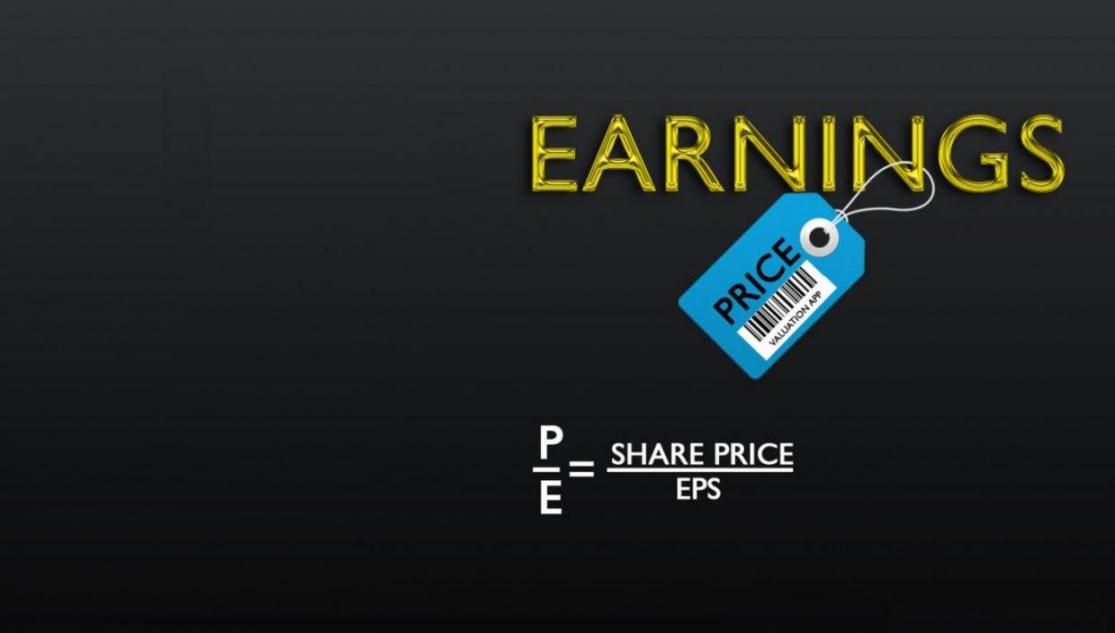The Price Earning (P/E) ratio in the stock market has dropped to a historic low at 5.43, prompting investors to snap up the opportunity and shore up their portfolios, an analyst said.
As TSE ‘s data department announced, the Tehran Stock Exchange average P/E ratio of the listed firms slipped 0.18 point or 3.18 percent to 5.43 in the last month of the second quarter, which ended Sep 22, compared to the previous month, SENA reported.
In general, a high P/E suggests that investors are expecting higher earnings growth in the future compared to companies with a lower P/E. However, the P/E ratio doesn’t tell us the whole story by itself.
The average P/E ratio among the 35 industries at the IME, demonstrates that five industries hit a lower than 5 P/E, while the ratio for 8 other industries were recorded at more than 10. The P/E ratio of other industries within the TSE varied between 5 and 10.
Amongst the industries with the highest P/E ratio, 3 industries enjoyed the highest ratio of more than 20, including textile industry with P/E ratio of 25.68, wooden goods industries with the P/E ratio of 26.22 and the telecommunication industry with the P/E ratio of 31.29.
The industrial conglomerate industry has the lowest P/E ratio of 3.5 in the TSE.
Other companies with the high P/E ratio in the TSE are transportation, warehousing and communication with the P/E ratio of 18.9, the auto industry and spare parts with the P/E ratio of 14.53, and the technical services with the P/E ratio of 12.98. Also, coal exploitation industry, metal products manufacturing stood next with the P/E ratio of 12.44 and 11.64 respectively.
11 companies were not included in the report as their earnings expectation was zero or negative.
Besides, as it is not compulsory for the companies in the investment category to reveal their earnings expectations, 16 other companies in this category were excluded.
Low P/E Contributors and Indicators
The TSE has lately been grappling with the financial challenges in the capital market with many shares hitting rock-bottom. The low P/E ratio in the equity market is likely due to lingering fears associated with the economic and political uncertainty coupled with a slump in the market.
“We have never had such a low P/E ratio in the TSE before, though this unprecedented ratio makes the investors flock to the equity market to grab the opportunity,” Keivan Sheikhi, head of the data department of the TSE told Financial Tribune.
The P/E ratio in the regional countries’ stock exchanges is close to 22 to 26 and this ratio in the US and other developed countries is around 70 to 80. In those countries the ratio is more stable due to investors being more cautious, Sheikhi stated.
Western sanctions on Iran, along with economic instability, spurs concern in the TSE.
The ongoing nuclear talks between Iran and the P5+1, and the investors’ high expectations have caused the unprecedented fluctuations in the TSE’s main indices.
However, low P/E ratio stocks require further investigation as companies could be in terminal decline, some of which belong to industries which have endemic problems, or have other unfavorable valuations that make them unattractive for investment.
But following the TSE’s potential, most market analysts believe that the market is expecting an upward shift and unsettled investors will soon come to this conclusion that the current low P/E ratio could provide a safe harbor.


